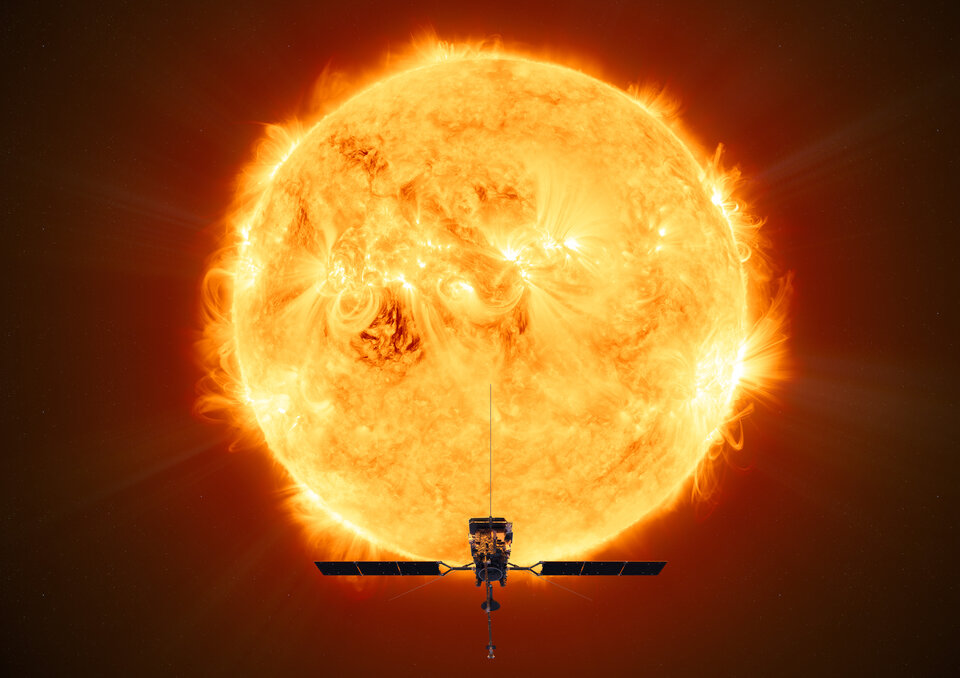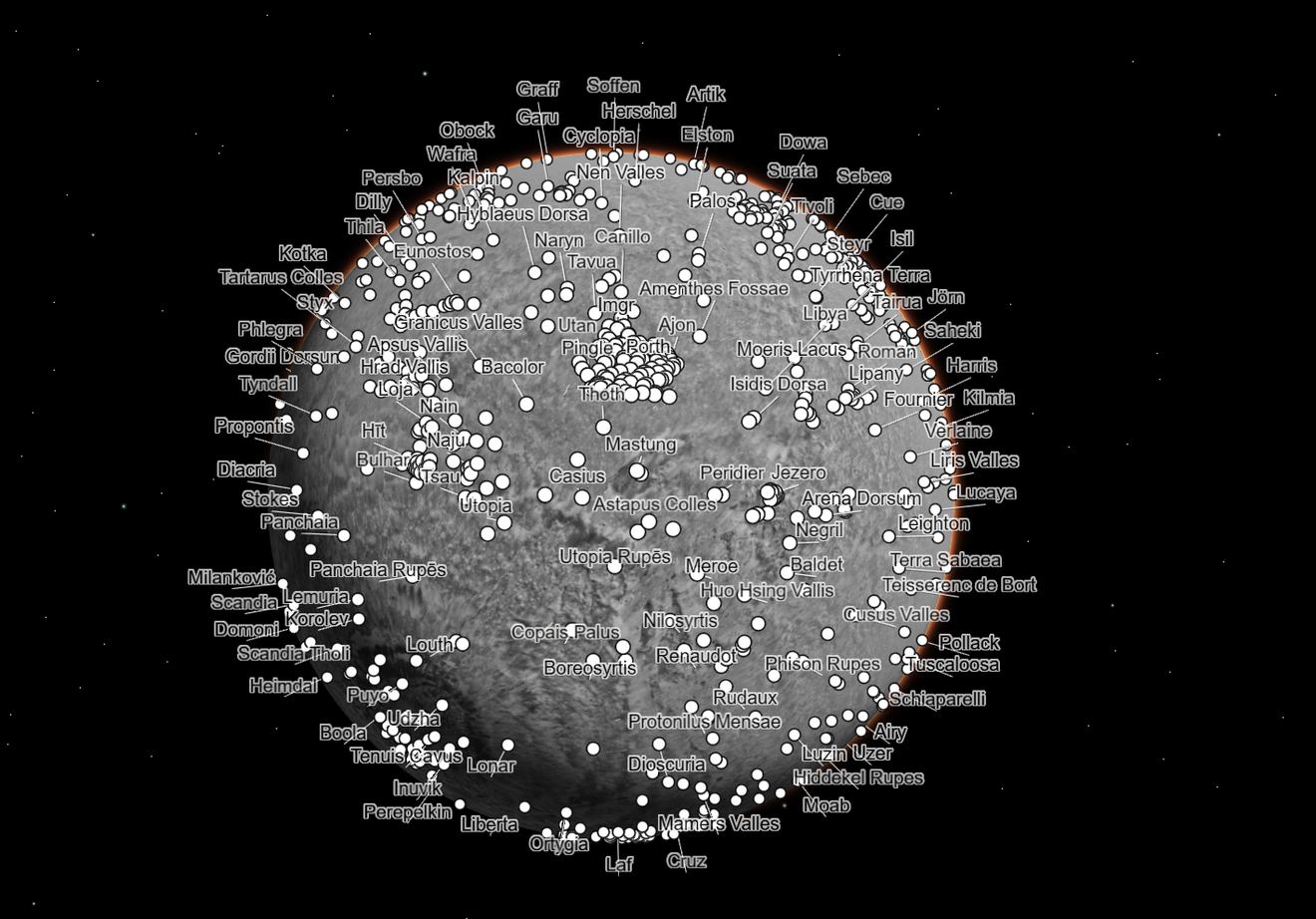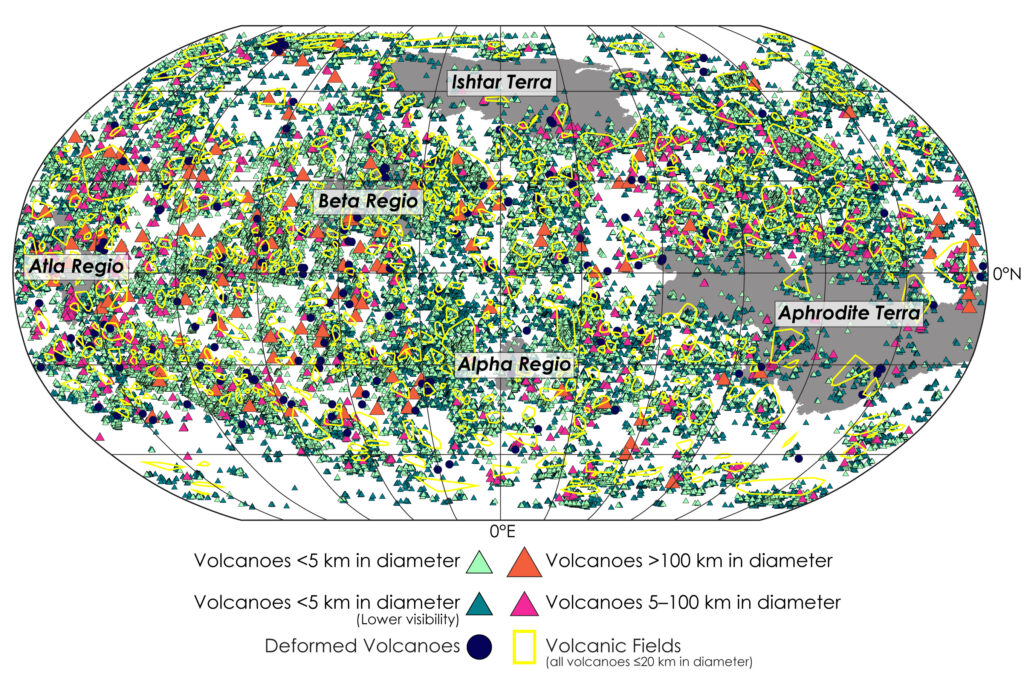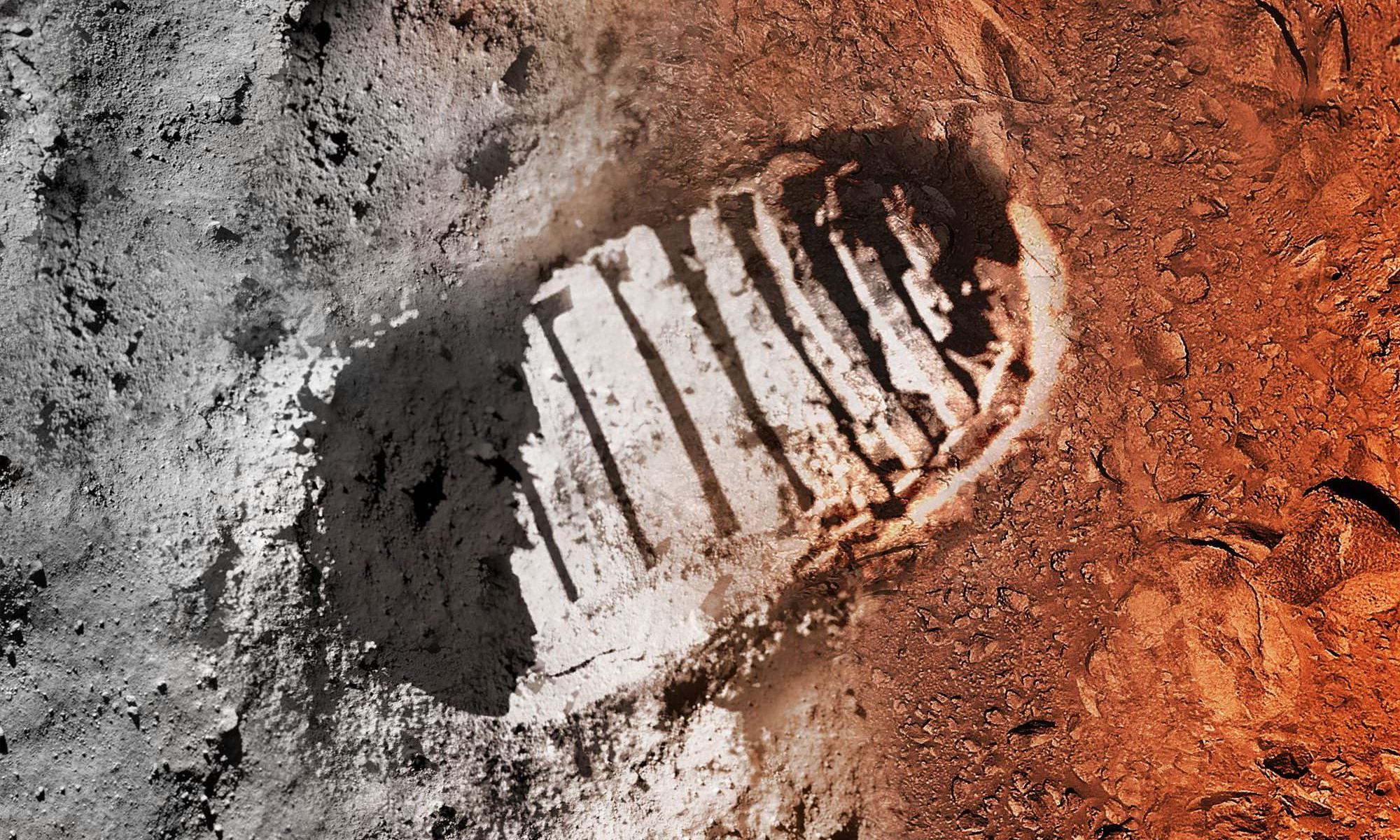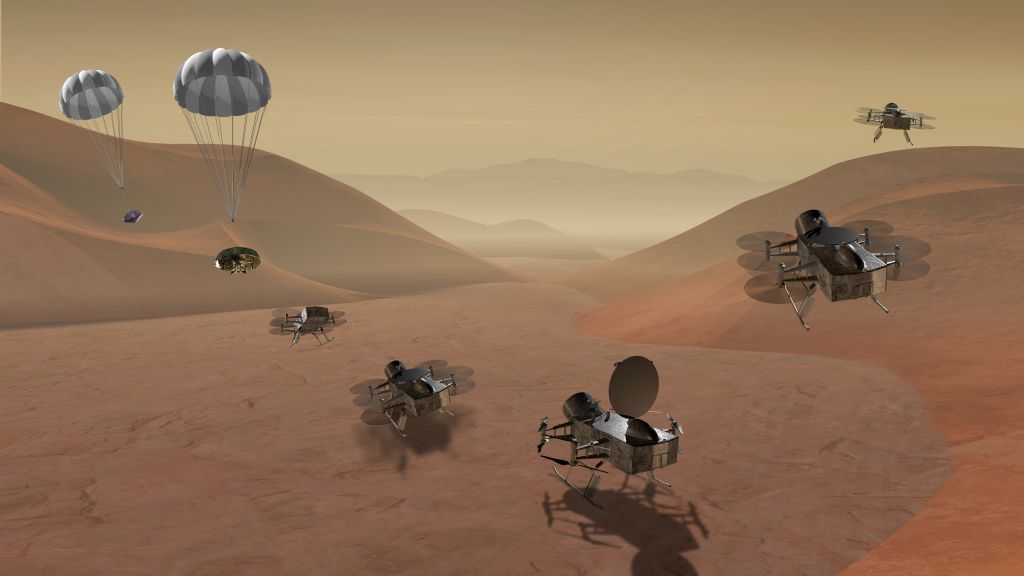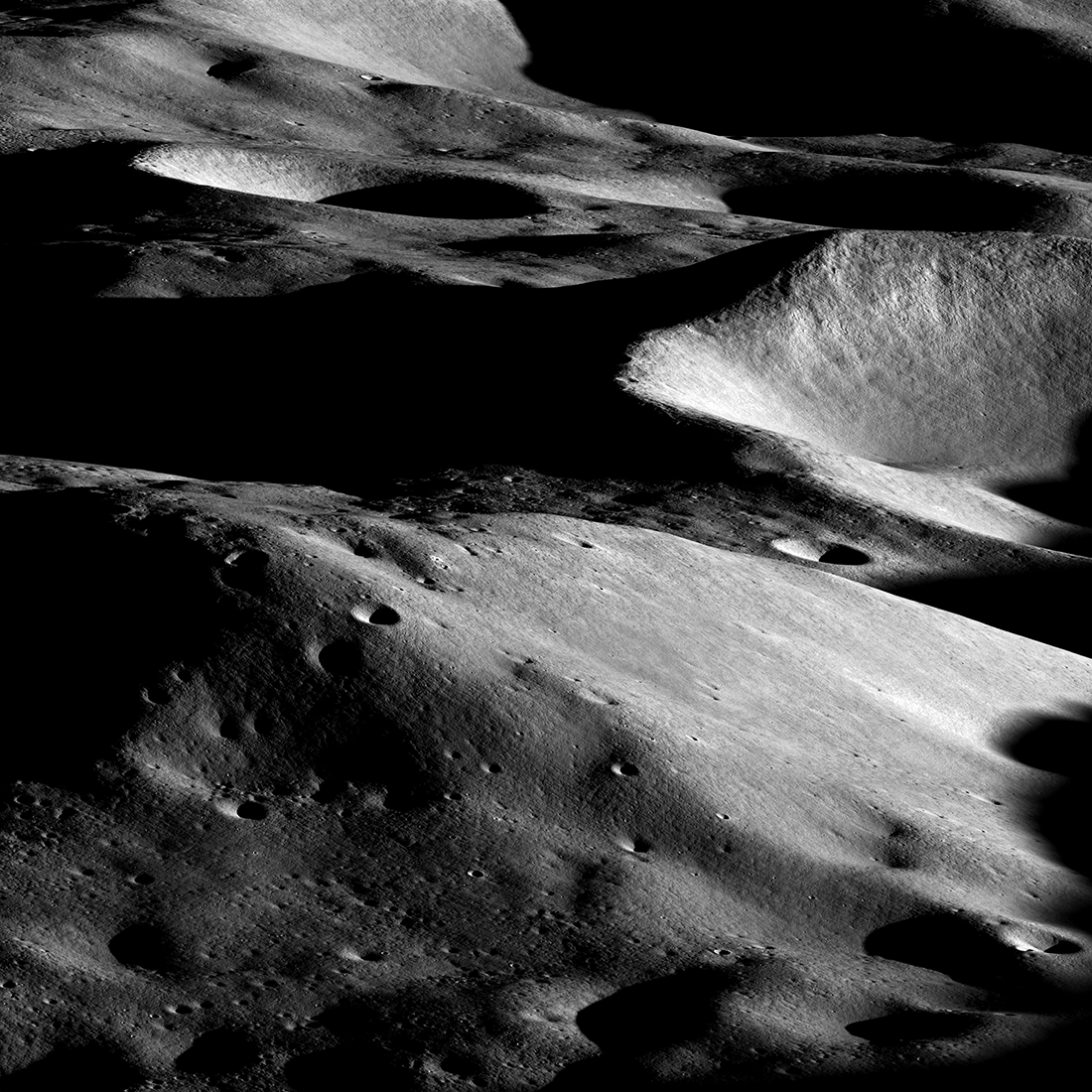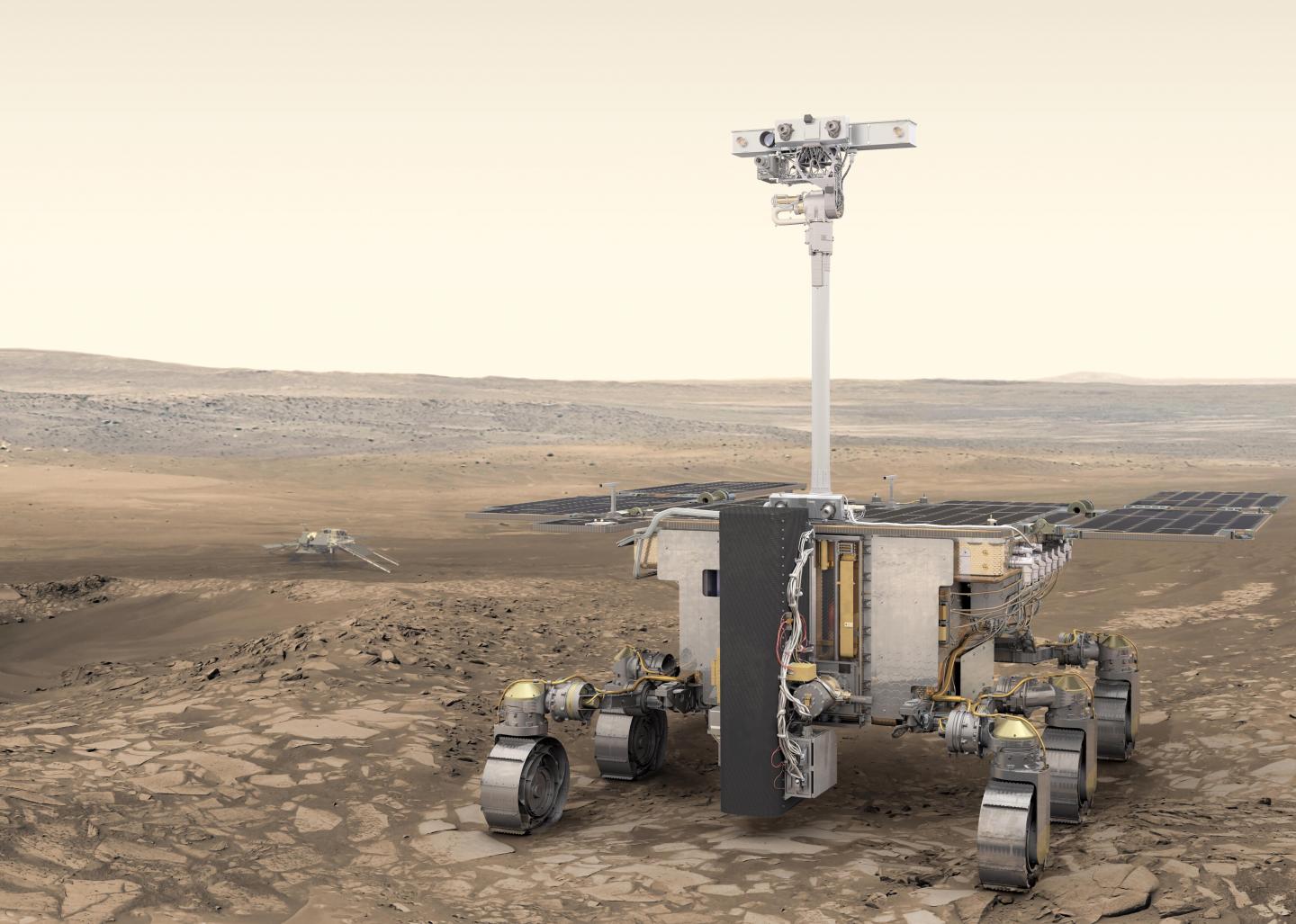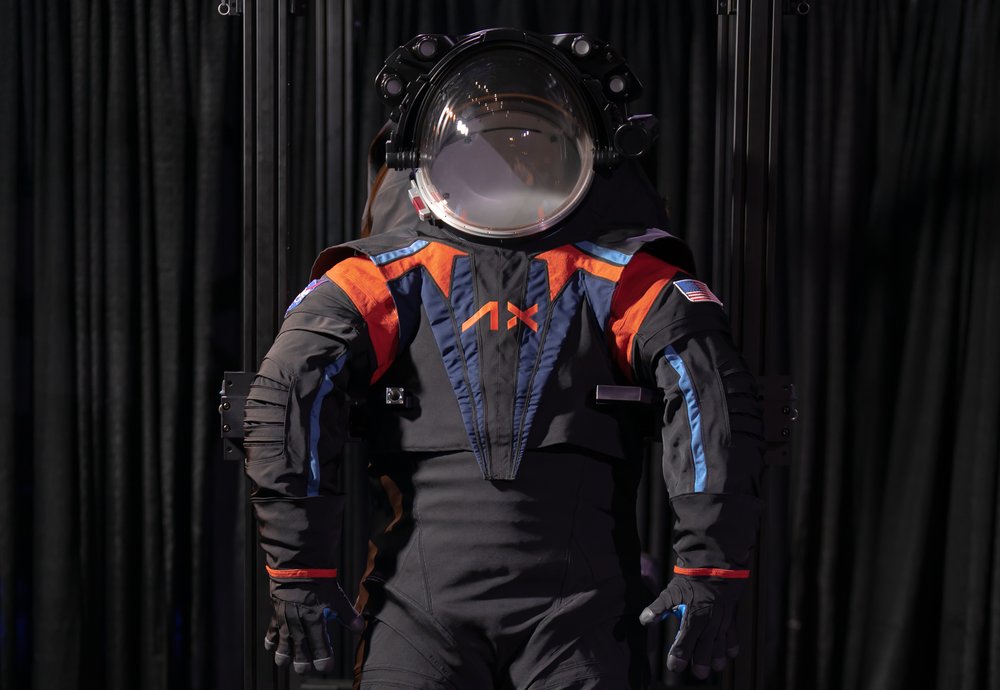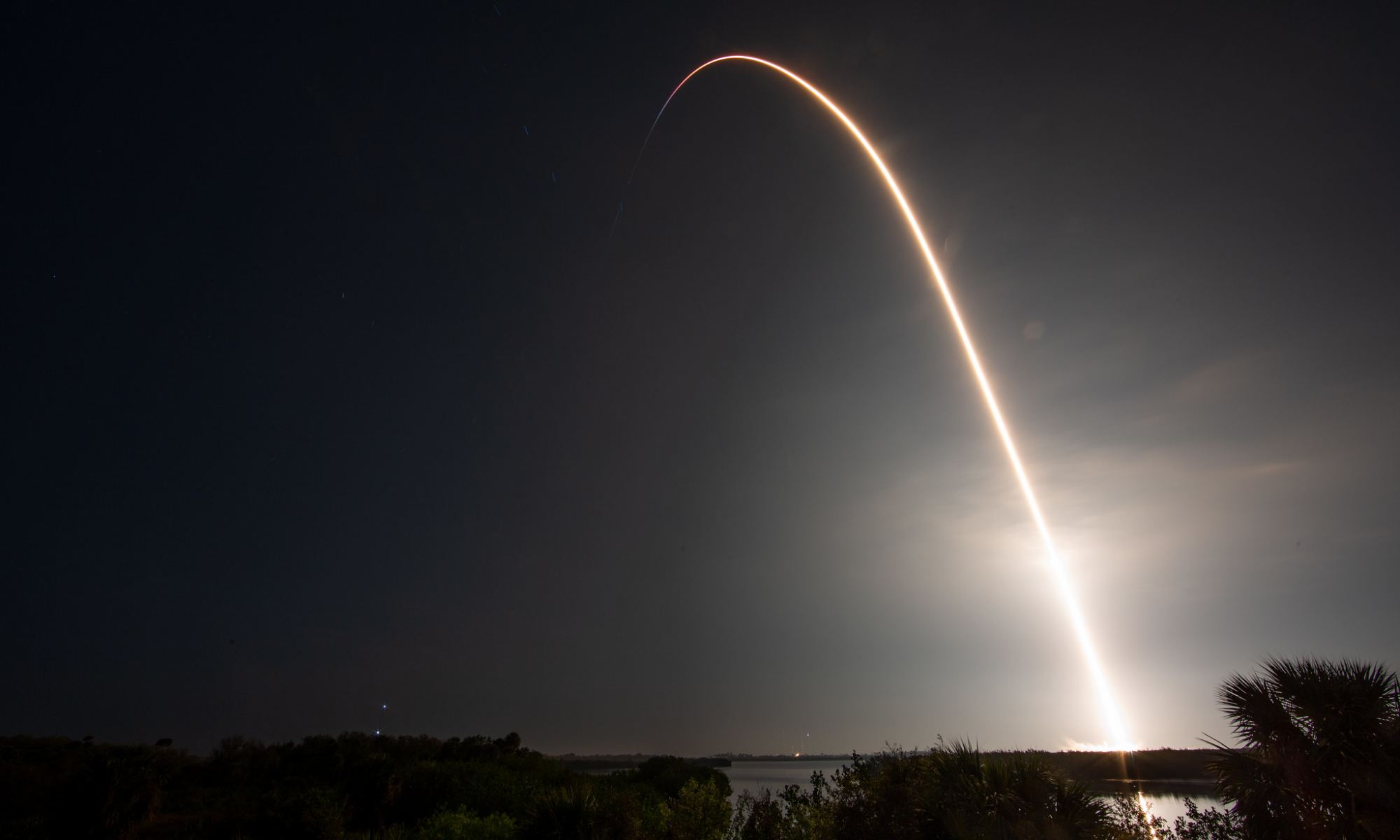On April 10th, ESA’s Solar Orbiter made its closest flyby of the Sun, coming to within just 29% of the distance from the Earth to the Sun. From this vantage point, the spacecraft is performing close-up studies of our Sun and inner heliosphere. This is basically uncharted territory, as we’ve never had a spacecraft this close to the Sun.
One of the goals of the mission is to figure out why the Sun’s corona — its outer atmosphere — is so hot. The corona can reach temperatures of 2 million degrees C, vastly hotter than its 5,500 C surface. A new paper based on Solar Orbiter data, may offer some clues.
Continue reading “Solar Orbiter Continues to Get Closer to the Sun, Revealing More and More With Each Pass”
